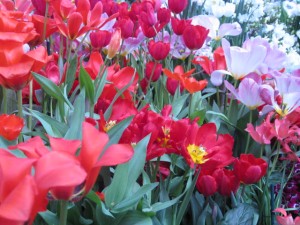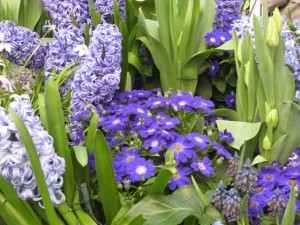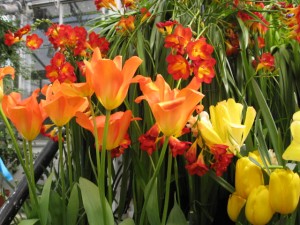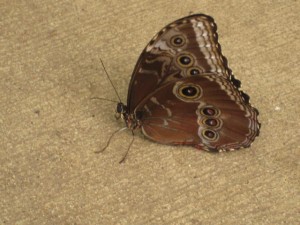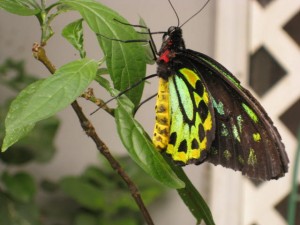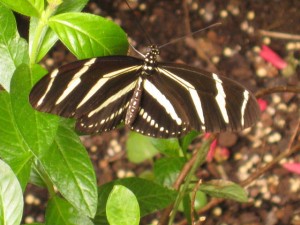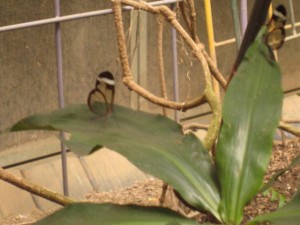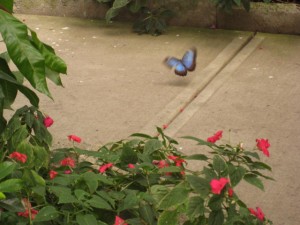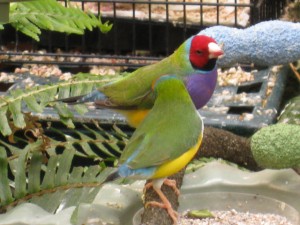The Annual Meeting of the Greater Worcester Land Trust was held this afternoon at 80 William Street, from 3:30 to 6:30. President Allen Fletcher welcomed Trust members and friends; Treasurer George Dresser summarized the Trust’s financial situation with respect to 2010 revenues and expenses and current land holdings; and Secretary Debbie Carey presented the Nominating Committee report. Then Executive Director Colin Novick gave a brief overview of the Trust’s activities in 2010, highlighting three important land acquisitions. These included the Morgan property near Southwick Pond in Leicester, the Kent family 5-acre parcel in West Boylston, and the 50-acre Sandberg property abutting the Cascades on the Holden and Paxton borders with Worcester. Colin also described work done at God’s Acre near the Worcester Airport and at Kinney Woods. Watch for the next newsletter with more details on the Trust’s recent activities!
Next, AmeriCorps staffer Mike Sawyers spoke briefly about his recent work documenting the GWLT properties. The Trust was very lucky to have Mike’s services, insofar as a baseline assessment of current conditions is critical for creating appropriate property management plans.
The featured speaker this afternoon was Robert Bertin, Professor of Biology at Holy Cross, whose slide lecture was titled Changes in the Flora of Worcester County. He discussed his efforts to collect and describe all the plant species in Worcester County, a project he has been involved with for almost two decades now. His work took him into both natural undisturbed habitat and also into built environments, including such venues as the Conrail Yard, the Worcester Regional Airport, and elementary school playgrounds. Professor Bertin intended to document the current distribution of species in our County, the largest in Massachusetts in terms of square miles, a mostly tedious and physically challenging process, the monotony only occasionally relieved by startling discoveries, such as a rare sedge, or a type of goatgrass, or an unusual primrose. As the talk’s title indicates, another important goal of the project was to quantify changes in species diversity and abundance and try to understand the causes of these changes, whether land use or climate change, or something else.
Professor Bertin acknowledged that he was fortunate in having detailed historical data for comparison purposes, because a group of plant enthusiasts at Clark University, who called themselves the Hadwen Botanical Club, surveyed the flora of Worcester County in the 30s, 40s, and 50s; their herbarium collections can still be accessed today by researchers interested in ecology and plant systematics.
So, how many different plants are growing in the 60 cities and towns of Worcester County? Prior to 1980, there were 1124 natives plus 898 aliens, for a total of 2022. Why would there be so many aliens? Professor Bertin speculated that this abundance could be due to such factors as wool waste flora (the Industrial Revolution originated in Massachusetts and Rhode Island). When he excluded aliens which never got established, the new totals are 1124 plus 568, for a total of 1692.
With his colleague Tom Rawinski, Professor Bertin collected specimens for a post-1980 baseline: these totals are 1042 natives plus 528 aliens, for a total of 1570. Perhaps more interesting than the total numbers are the analyses of category changes, either increases or deceases, the two most striking being the increases in certain types of alien species and the decreases in particular types of native species.
Aliens have increased in such habitats as aquatic (Eurasian Milfoil, Variable Water Milfoil, Fanwort), wetlands (Phragmites, Purple Loosestrife, Yellow Iris), uplands (Norway Maple, Garlic Mustard, Japanese Barberry), cultivated gardens (Autumn Olive, Burning Bush, Shining Buckthorn), and others. Native species which have declined dramatically include ferns species such as Moonwort, Leathery Grapefern, and Rattlesnake Fern, as well as orchid species such as the Grass Pink, Green Adder’s Mouth, and the Large Purple-Fringed Orchid. The reasons for these trends are not entirely clear, but certainly development and changes in land use and patterns of human settlement have had an effect on the number and diversity of our flora.
